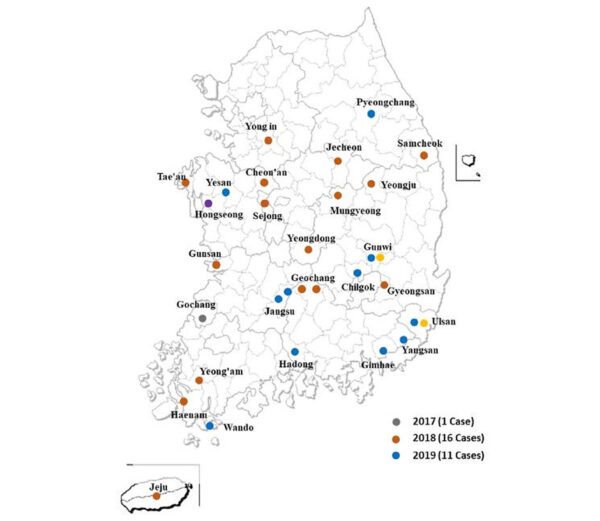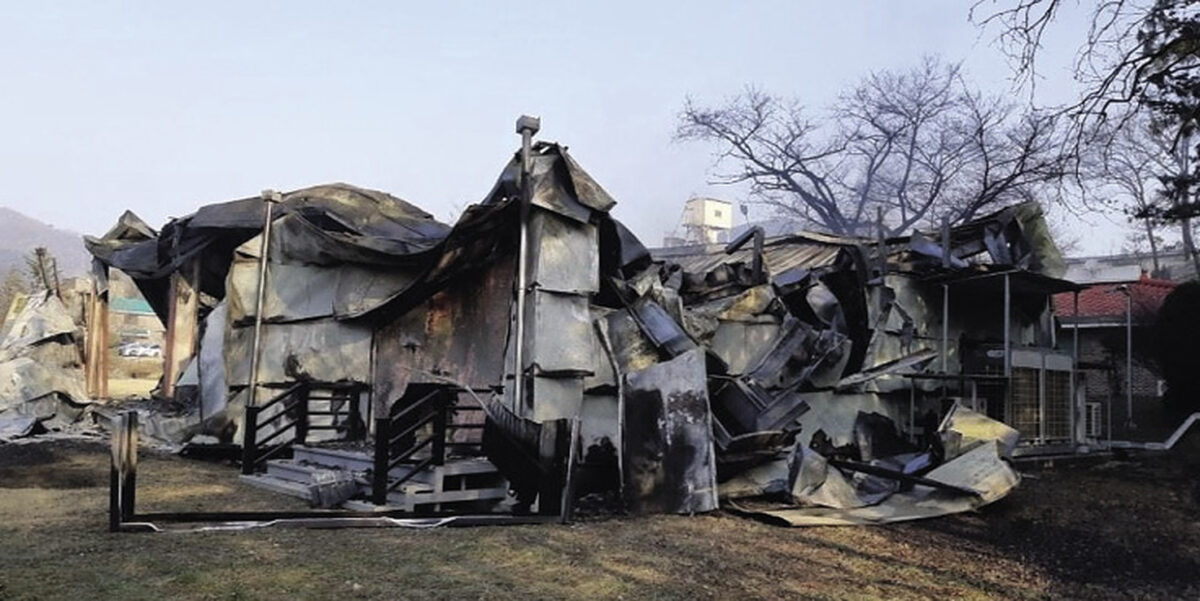A series of 28 consecutive battery fires that occurred in South Korea between 2017 and 2019 led the nation's energy storage market to complete paralysis.
The country's Ministry of Trade, Industry and Energy (MOTIE) reached a handful of broad conclusions in its investigative report into the accidents. By taking systems apart and examining components, it identified a number of potential manufacturing defects and determined that some systems likely lacked sufficient protection against electric shock. It also used moisture, dust, and salt mist tests to identify weaknesses in the environmental oversight of battery systems.
In addition, MOTIE highlighted the issue of poor installation practices and noted problems that potentially arise when installers combine energy management and control system components from different manufacturers – even when such parts are not designed to be used as elements of an integrated system.
These causes, however, may not be all the reasons behind the accidents, according to new research from South Korea's Ulsan National Institute of Science and Technology (UNIST). “Our study considers the impact and risks associated with social factors related to the battery fires, which has rarely been considered in previous studies,” the research's lead author, Ji-Bum Chung, told pv magazine. “Although the risk of fire has been mitigated by the development of battery storage technology, there are still potential risks such as human error and normal accidents that can be caused by the people, organizations, and social context in which the technology is utilized.”
According to Chung, the fires in Korea were socially constructed by factors related to environments such as strong incentives, inadequate regulation, the different cultural backgrounds of the stakeholders, the tight coupling of various sub-technologies and miscommunication, the systematic pressure on profit-seeking, and a false sense of security.

Image: Ulsan National Institute of Science and Technology
“These social factors have influenced the occurrence of relevant social groups' (RSGs) negative interactions and have led to adverse outcomes such as the normalization of deviance and structural secrecy that accumulated fire risks,” Chung further explained. “Battery storage, a socially constructed technological artifact, has been negatively perceived by these groups due to consecutive accidental fires. Accordingly, in 2021, the Korean government changed storage policies from unusually strong support to zero support. The government's cold attitude led to a deterioration in the profitability of the batteries which acted as an obstacle to industrial growth, along with the fire risk.”
Popular content
In the paper “Social construction of fire accidents in battery energy storage systems in Korea,” which was recently published in the Journal of Energy Storage, Chung and his colleagues presented the results of 24 interviews conducted in 2021 aimed to collect the stakeholders' different interpretations of the cause of the battery fires, including members who have participated in the two official investigation committees set up by MOTIE.
“Semantic Network Analysis (SNA) and Thematic Analysis (TA) were performed on all textualized interview data to explore the significant issues,” the researchers explained. “During the interviews, we found that social factors, such as policies, regulations, and organizational characteristics, were considered as an influence on battery fire risks.”
They also utilized the social construction of technology (SCOT) theory to investigate the construction process of battery storage technology. This theory says that technology does not determine human action, but that rather, human action shapes technology.
The group concluded that the RGSs didn't fully understand both the advantages and risks of the storage technology and viewed the batteries as a way of pursuing economic incentives. “Such naïve technology utilization and lack of risk awareness are motivations for deterring future technology risks,” it stated. “Acceptable risks can cause members to make irrational choices based on their interests. If a battery is abused, the risk of thermal runaway increases.”
This content is protected by copyright and may not be reused. If you want to cooperate with us and would like to reuse some of our content, please contact: editors@pv-magazine.com.



2 comments
By submitting this form you agree to pv magazine using your data for the purposes of publishing your comment.
Your personal data will only be disclosed or otherwise transmitted to third parties for the purposes of spam filtering or if this is necessary for technical maintenance of the website. Any other transfer to third parties will not take place unless this is justified on the basis of applicable data protection regulations or if pv magazine is legally obliged to do so.
You may revoke this consent at any time with effect for the future, in which case your personal data will be deleted immediately. Otherwise, your data will be deleted if pv magazine has processed your request or the purpose of data storage is fulfilled.
Further information on data privacy can be found in our Data Protection Policy.